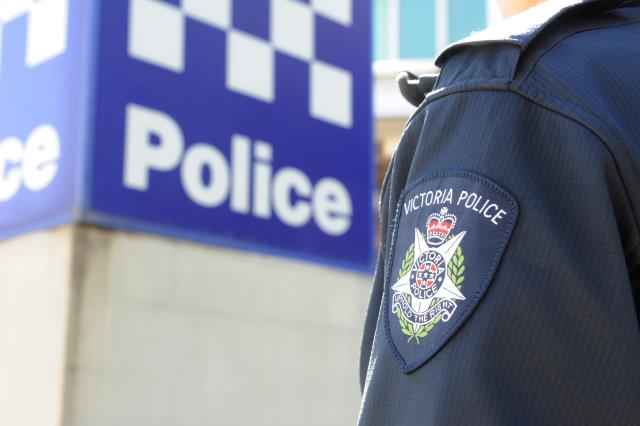The health of residents and builders could be placed at risk during construction of the east-west link, with the state government’s own documents warning that contaminated soil, groundwater and asbestos may be dredged up as the controversial tunnel is built.
Independent experts have found a range of potential contamination sources, including asbestos at Royal Park, bacteria and viruses from the Melbourne General Cemetery, and dirty water from the former Fitzroy North Gasworks site, which could enter the tunnel construction area near Alexandra Parade.
The most significant danger is likely to be to “construction workers, human health, and the environment” as material is dug up and transported to make way for the Coalition’s $8 billion tunnel between Clifton Hill and Flemington, public reports on the project’s impact reveal.
“Contaminated soil and groundwater may pose a risk to construction and maintenance personnel, as well as being potentially aggressive to construction materials, generating vapour risks and creating storage issues,” says a report.
“The residual risks for these impacts are rated as high.”
The revelations of contaminated soil are buried in one of dozens of reports that make up the so-called comprehensive impact statement for the east-west link. But while Labor and residents hit out at the government for pursuing the tunnel project, the Linking Melbourne Authority insisted the community had nothing to fear.
“Working with contamination is part and parcel of construction in the inner city. It’s been identified through the planning work as an issue that will require careful management but all of the major contractors have a lot of experience in dealing with these sorts of issues in big construction jobs,” said spokesman Matt Phelan.
The impact statement was released by Transport Minister Terry Mulder last week and will be on display for public comment until December 12. It warned the government that the project would require careful planning and management to mitigate the health risks.
For instance, leached liquid from Melbourne Cemetery in Carlton could be filled with bacteria and viruses and “may represent a risk to construction workers and have an adverse impact on the durability of construction materials”.
In Royal Park, which will lose 1.36 hectares to the new six-lane freeway, asbestos in the soil from the demolition of housing after World War II could also be hazardous.
“This soil could be encountered during the construction of the tunnel portal opening and ventilation shafts in precinct 3,” the documents say.
Contaminated land is only one of the issues that have been identified. Sections of Debneys Park, Ormond Park, Holbrook Reserve and Moonee Ponds Creek Linear Reserve will be lost; some of Melbourne’s busiest roads will be shut down during the project; and extra vibration controls might be needed around Melbourne Zoo to ensure the wellbeing of animals.
The government nonetheless spent last week in Parliament talking up the tunnel, which it says will carry 100,000 vehicles a day by 2031, reduce traffic volumes on some of the city’s major roads including Hoddle Street and Victoria Parade, and cut peak traffic times between east and west by up to 20 minutes.
Friends of Royal Park spokesman Gordon Ley remains unconvinced, and when told about the contamination risks, replied: “They’re going to devastate the park, and this just adds to the issues.”
Parkville resident Christine Di Muccio, who lives opposite Royal Park, said she was ”furious”.
”What else do we have to sacrifice for this project?” she asked.
Opposition planning spokesman Brian Tee said: “As well as the health risks and destruction of inner-city Melbourne, these revelations show [Premier Denis] Napthine is exposing a generation of taxpayers to costs and delays that will gobble up money that should have gone to schools, hospitals and public transport. What a waste.”







